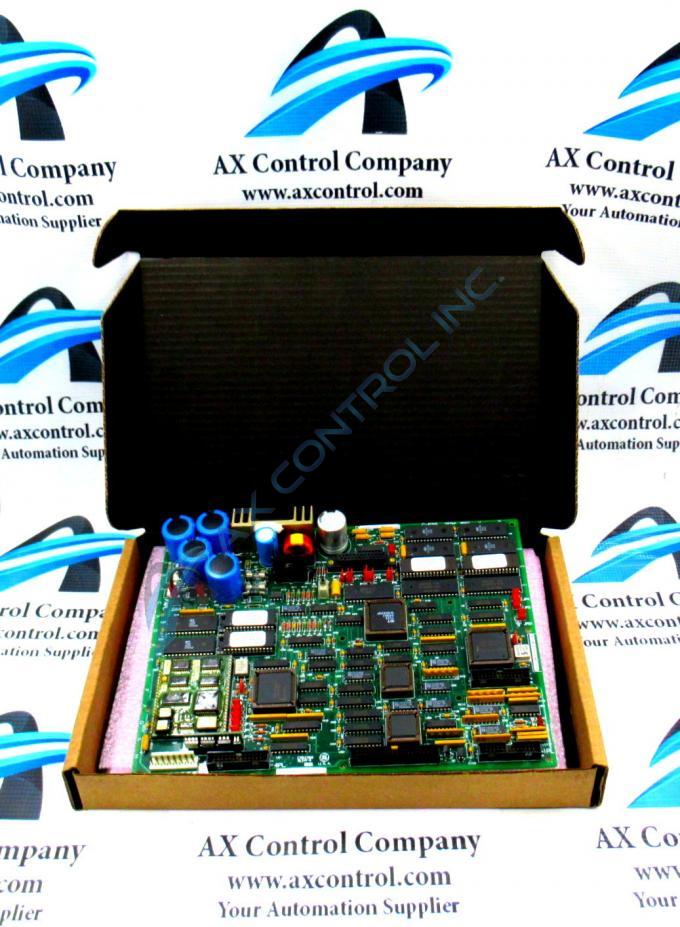About the DS200DMCBG1ACB
This DS200DMCBG1ACB printed circuit board product offering from General Electric, as determined in the brief product description above, was originally designed and manufactured for the Mark V Turbine Control System Series. The Mark V Series that this DS200DMCBG1ACB PCB belongs to, as indicated by its full extended series name, was originally designed and produced with specific applications in the control and management systems of compatible wind, steam, and gas turbines in mind. This DS200DMCBG1ACB PCB's greater Mark V Series, while possessing potential alternative energy applications, has to be considered obsolete as a whole, as it is truthfully a legacy product series discontinued by its original manufacturer in one of the many years past its original GE product series release. This DS200DMCBG1ACB Device's greater Mark V Turbine Control System Series, while generally obsolete, is still something of an attractive GE product series on the figurative automated industrial marketplace, as it is one of the lastly-developed GE Mark product series to make use of the patented Speedtronic control system technology first seen with the release of the Mark I Series in the mid to later 1960s.
Hardware Tips and Specifications
The GE DOS DUP Processor Board DS200DMCBG1ACB contains three 26-pin connectors, one 40-pin connector, and 19 jumpers. The board also has 2 LEDs. The GE DOS DUP Processor Board DS200DMCBG1ACB comes from the factory with the factory-defined default values applied to the jumpers. Before the board is installed, you can lay the board on a flat surface and place it on top of the flattened static protective bag. With one hand, remove the jumper from the pins and place it over the new pins, gently push the jumper into place, and make sure the jumpers cover the pins completely. It is best practice to remove the old board from the drive and lay the boards side-by-side and set the jumpers on the replacement board to match the jumpers on the old board. If the replacement board is a newer version of the same model, you might find that some jumpers are missing. However, due to the product testing performed on the board, compatibility is maintained between the boards. The information that is supplied with the board will supply any workarounds that are required to configure the board. This DS200DMCBG1ACB Mark V Series product offering is actually not the originally-produced General Electric product of its specific Mark V Series functional role; that would be the DS200DMCBG1ACB parent DOS DUP Processor Board not making use of this DS200DMCBG1ACB PCB's three-fold revision table.
The GE DOS DUP Processor Board DS200DMCBG1ACB also is populated with a restart button. If the board appears to have intermittent problems or irregular performance, you can attempt to resolve the issue by restarting the board. To use the restart button, press the button with one finger and hold the button down for 3 seconds. Then, release the button. This DS200DMCBG1ACB Mark V Series PCB is not surrounded by a wealth of any originally-printed instructional manual materials online for the research purposes of this DS200DMCBG1ACB personalized product page; most likely a symptom of its legacy series attribution and obsolete nature. With this in mind, the DS200DMCBG1ACB functional product number itself acts as a primary source of DS200DMCBG1ACB Board hardware component and component specification information; coding for these details in a series of consecutive functional naming segments. For instance, the DS200DMCBG1ACB functional product number starts off with the dual-functional DS200 series tag delegating this DS200DMCBG1ACB device's normal Mark V Series assembly as well as its domestic location of original manufacture. Some of the other relevant hardware details embedded in this DS200DMCBG1ACB PCB's functional product number include its:
- DMCB functional product abbreviation
- Group one Mark V Series product grouping
- A-rated primary functional product revision
- C-rated secondary functional product revision
- B-rated artwork configuration revision









